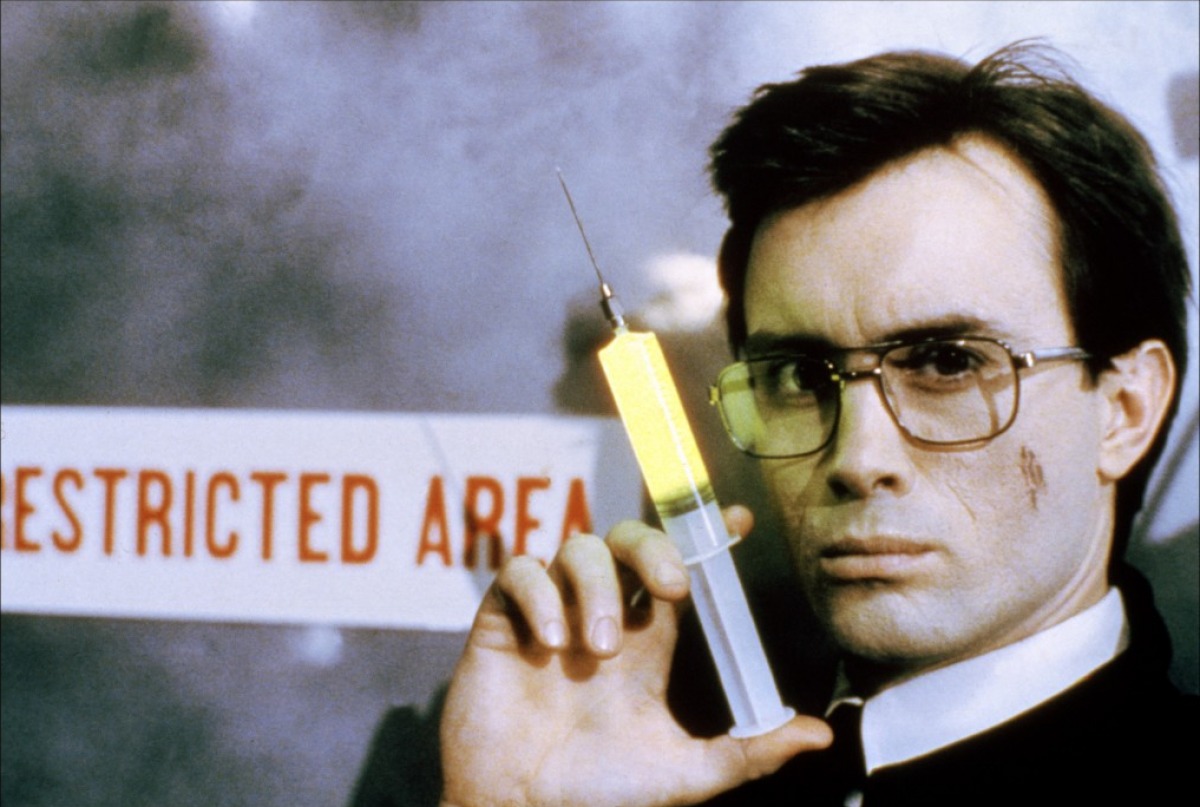
Cosmic horror is one of the most complex types of horror to examine. It is also one of the bleakest subgenres of horror. Based on the literary philosophy, Cosmicism, developed by the writer H. P. Lovecraft, cosmic horror focuses on the power of the sublime in order to make people feel inconsequential and small. There is a sense of helplessness that cosmic horror professes. A person can describe it as the fear and awe one experiences when confronted by something beyond the world of human affairs. It can also be described as the stark realization of mankind’s insignificance and vulnerability in a comfortless universe through the prism of modern science.
Whatever the exact definition may be, cosmic horror has become a prominent genre in cinema, and it continues to captivate audiences. The greats of this genre not only entertain through scares, but they make movie-goers think. They challenge the very core of humanism and no fear is too cold or too brutal to explore.
Here is a list of some of the greatest cosmic horror films of all time.
15. The Void (2016)
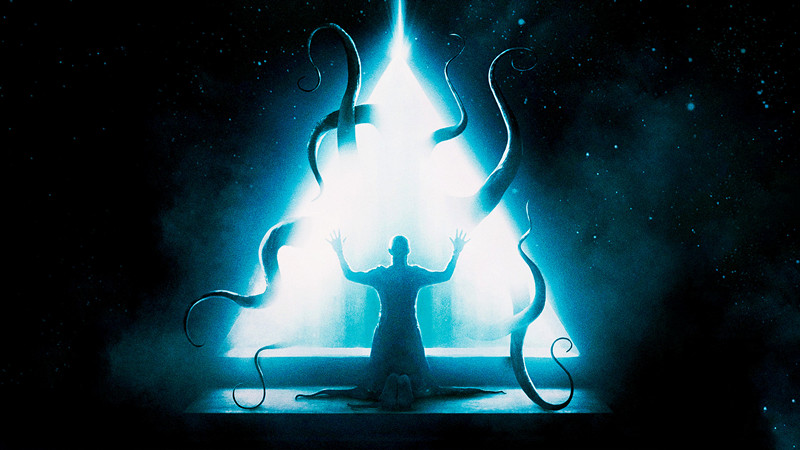
The Void is a masterful cosmic horror piece that pays excellent tribute to the days of physically-produced FX and several horror legends. In the film, cult-like figures trap a police officer (Aaron Poole), staff members, and patients inside a hospital that is a gateway to evil.
Jeremy Gillespie and Steven Kostanski have done their research and have learned from the masters of horror. The multitude of nods to the likes of Clive Barker, Lucio Fulci, and, especially, John Carpenter’s work on Prince of Darkness along with The Thing are evident and become wonderful easter eggs for any lover of all things macabre. With less competent filmmakers, this series of homages would grow tiresome and become tedious quickly. Luckily for audiences, this directing duo knows how to weave the references nicely throughout the story and create an ominous atmosphere that never fades.
The directors’ commitment to old-school, practical effects is also a major reason The Void is an entertaining movie that feels like a lively much-needed throwback. With Gillespie’s art background and Kostanski’s makeup background, it is clear they understand how important esthetic is in affective terror. Therefore, there are several heart-pounding and shocking outbursts of gore and chaos that diehard fans of cosmic horror can appreciate.
With a sturdy foundation and outstanding visuals, The Void succeeds by honoring its horror predecessors without slipping into stale rehash.
14. Annihilation (2018)
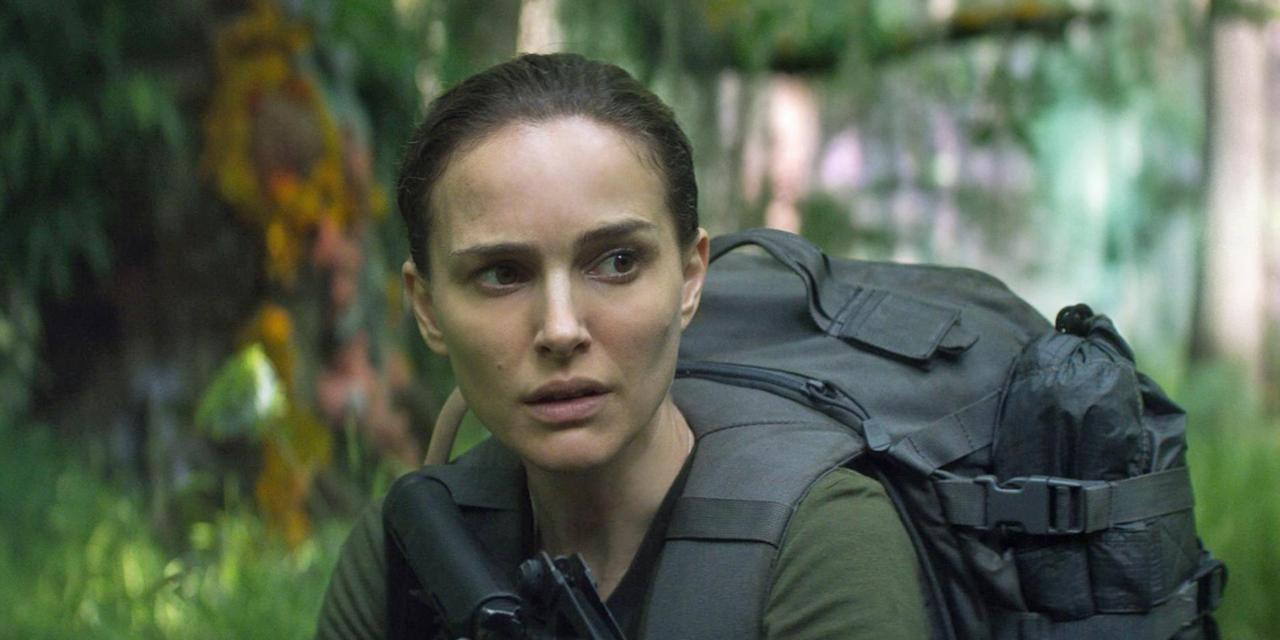
Implementing the mythology within cosmic horror and elements of body horror, Annihilation is a brilliant film that asks profound questions and allows for fascinating dialogue even after the end credits are over. The film follows Lena (Natalie Portman), a biologist and former soldier, as she agrees to join a mission to find out what happened to her husband inside Area X – an unexplained phenomenon expanding across America. Once inside, the crew discovers an environment full of mutated landscapes and organisms that threaten both their lives and their mental states.
Annihilation is an exhilarating experience that combines beauty with danger. The cinematography of Rob Hardy is stunning and extremely disorienting. Audiences are in awe of what they are seeing but they are also frightened as there is always the sense of worry and mystery surrounding the unknown environment. The cinematography truly transports audiences into a familiar yet fantastical world and presents a centerpiece scene that only cosmic horror can conjure.
Annihilation is also an intelligent film that reveals itself gradually. Now, this does not mean the movie is boring by any means. In fact, the movie triumphs because it takes its time and is extremely deliberate about what is shows and hides. Garland reveals just enough to keep viewers bewildered but wanting more. As a result, Annihilation is not an easy film to analyze. Ideas of self-destruction, evolution, biology, co-dependence, and distrust with one’s own body are all present and meant to be discussed through a variety of perspectives. By the end of its runtime, the film purposely does not provide easy answers. It allows thoughtful opinions to form in movie-goers’ minds.
Annihilation is a newer and welcomed addition to the cosmic horror genre.
13. The Endless (2017)
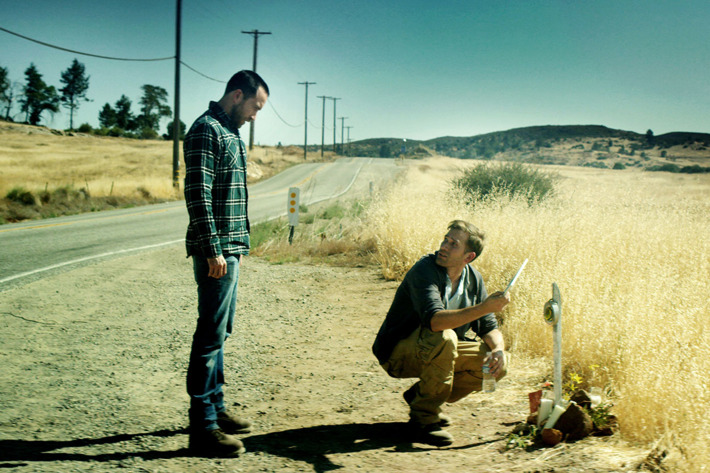
The Endless is a fantastic blend of sci-fi thrills and mind-bending cosmic horror that does not disappoint. The plot centers around two brothers, Justin Smith (Justin Benson) and Aaron Smith (Aaron Moorhead), who receive a video message that convinces them to revisit the cult they escaped a decade earlier. Hoping to find closure, Justin and Aaron are forced to reassess the cult’s views when confronted with incomprehensible occurrences surrounding the camp. As the cult members prepare for the coming of a strange event, the brothers try to discover the truth of what is happening before they become forever entangled with the cult.
The Endless is a strategically shot film that results in an unsettling mood that cannot be shaken. The movie relies on careful and restrained filmmaking to obtain maximum scares. By simply framing characters in a certain manner or moving the camera slightly to expose or conceal information, anxiety organically grows. There are even surprising edits and an impressive use of jarring sound effects and music that continually build terror.
Credit must also be given to the performances of the film. The lead performances are excellent. During grandiose moments, Moorhead, Benson, and Hernandez all know to show intense emotion to display the severity of their situation. However, there are also quieter moments of grace and subtlety. In particular, the banter and teasing between Moorhead and Benson comes off extremely natural. Because the actors give relatability and dimension to their characters, it makes it that much more horrifying as things start to unravel before audiences’ eyes.
The terrific cast and solid direction make The Endless a must-watch movie.
12. From Beyond (1986)
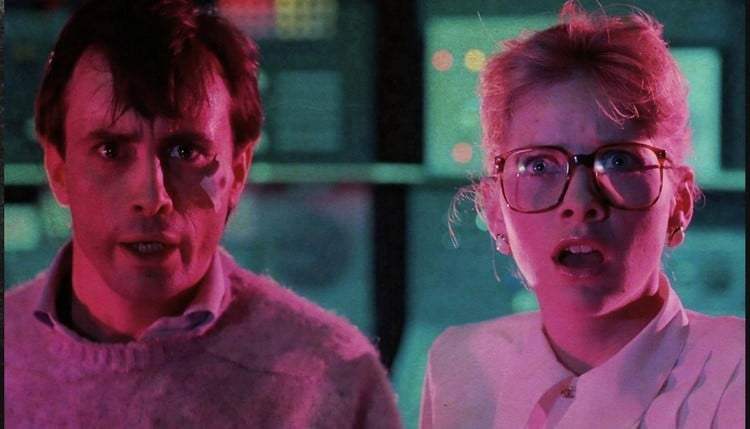
From Beyond is a criminally underrated film that highlights the iconic trio of H.P Lovecraft, Stuart Gordon, and Jeffrey Combs. In the film, Dr. Pretorius (Ted Sorel) uncovers a way to reveal a parallel universe of pleasure by altering the brain’s pineal gland through his invention known as the Resonator. However, things go poorly when he is killed by creatures from this other dimension, and his assistant, Dr. Crawford Tillinghast (Jeffrey Combs), is accused of murder. Psychiatrist Katherine McMichael’s (Barbara Crampton) and detective Bubba Brownlee (Ken Foree) decide to take Tillinghast’s case. To prove Tillinghast’s innocence, the group risks the return of the frightening forces by performing Dr. Pretorius’ experiment once more.
The scares from Lovecraft rely on a nameless terror. The focus is on the unidentifiable, horrible things that move through space and occupy unseen dimensions of human beings’ own familiar world. While not as successful as Gordon’s adaptation of H.P Lovecraft’s Herbert West- Reanimator, From Beyond is still proof Gordon is the only one that can bring Lovecraft’s creatures and unique brand of cosmic horror to life.
From Beyond’s special effects team utilizes makeup, prosthetics, and puppeteering to replicate the beasts from the netherworld of Lovecraft’s fiction. The colors, movements, tainted sexuality, and the gore are all extremely disturbing and upsetting in the most fascinating way. Even if viewers are not ready for what they are about to see, the movie does not care. The film does not slow down or tone down its grotesque nature. The film seeks real fear, real depravity and examines a pursuit of self-destruction through the inspired ideas of Lovecraft.
Along with Gordon’s direction and the film’s Lovecraftian elements, there must also be mention of the cast. Sorel, Crampton, and Foree are all superb in the film, but it is Combs as the leading man who steals every scene. He is astoundingly compelling and even his over-the-top moments work well. Combs truly embodies the character of Crawford as a shaken man who has witnessed pure terror and continues to be pursued by it.
From Beyond is a bold and ambitious masterpiece of cosmic horror.
11. The Haunted Palace (1963)
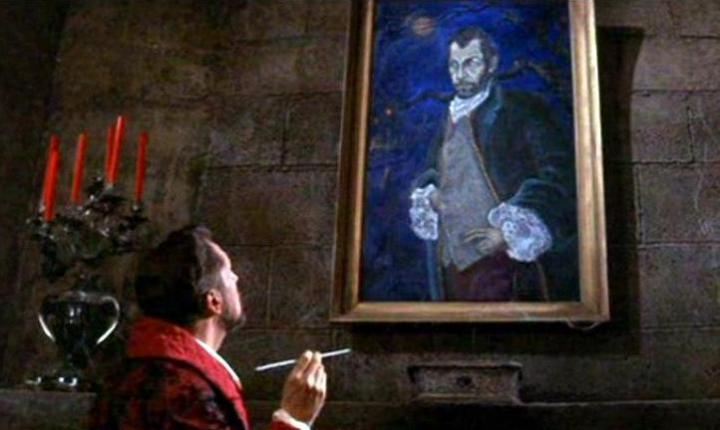
Corman enters the world of Lovecraft- despite the Poe title- with The Haunted Palace. In the movie, necromancer Joseph Curwen (Vincent Price) is condemned to death and curses a New England village. More than a century after Curwen’s death, Curwen’s great-great grandson Charles Ward (also Vincent Price) arrives in town and inherits Curwen’s old home. As Charles and his wife Ann (Debra Paget) adjust to their new surroundings with the help of caretaker Simon Orne (Lon Chaney Jr.), the ancient curse of Curwen begins to take hold of Charles.
Thanks to the literary transition, there is a different feel to the film that allows it to stand out from the series of Corman and Price Poe adaptations. From a visual standpoint, it always astounding what Corman can do with limited resources. The cinematography that includes Corman’s traditional spooky castles, eerie paintings, and lavish period costumes is amped up and taken in a different direction when under the influence of Lovecraft. Instead of strictly staying in the gothic realm, Corman drifts from Poe by focusing on the fragility of the mind by outside forces beyond mankind’s control. As a result, the movie gives off the strong otherworldly and hopeless vibe of cosmic horror.
As for the cast, the always exceptional Price is perfect in the dual role of Curwen/Ward. There is a noticeable contrast between the kind but weak-willed Ward (a character much more akin to Lovecraft than Poe) and the twisted Curwen. With Price’s acting talent, not only does he differentiate the characters, but he effortlessly flips between the two without a single misstep.
The Haunted Palace is a welcome change to Corman and Price’s repertoire.
10. Die Monster Die (1965)
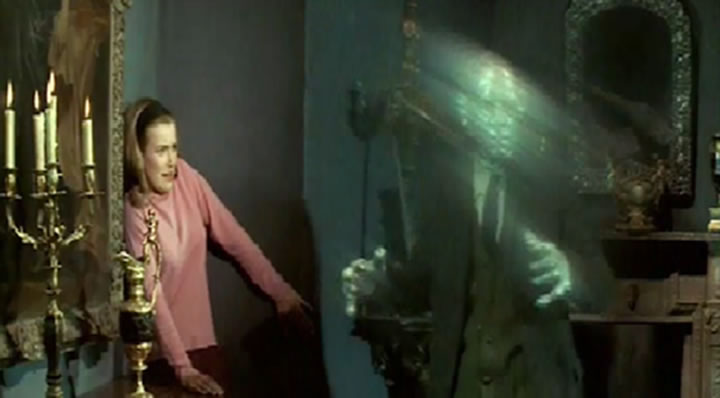
Part cosmic horror and part Hammer horror, Die Monster Die is a solid b-movie through and through. In the movie, Scientist Stephen Reinhart (Nick Adams) travels to a small town to visit his fiancée Susan Witley (Suzan Farmer) and meet her parents. When he arrives, the townspeople seem strange. Things get even weirder when Susan’s father, Nahum (Boris Karloff), starts acting suspicious and her mother, Letitia (Freda Jackson), is locked away in a bedroom. As Stephen and Susan begin investigating their surroundings, they realize that a radioactive meteor may be the cause of the inhabitants’ bizarre behavior.
In an interesting blend, Die Monster Die combines cosmic ideas with the famous Hammer-style horror. When examining the setting and backdrops of the film, the Hammer flare shines. Between foggy landscapes and niche architectural elements, the film screams Hammer horror. However, a dose of cosmic horror is added when discussing the concepts the films presents. The suggestion of occult powers bringing down the havoc-making meteor unites two topics ingrained in cosmic horror. The first topic is the existence of a terror beyond human’s description, and the second subject matter is the notion of the responsibility of science.
The cast also elevates the quality of Die Monster Die. In particular, Boris Karloff gives a great performance. While at times slipping into melodrama, Karloff still manages to deliver each line with the perfect amount of gusto and wickedness that completely enthralls viewers.
Die Monster Die’s pairing of two seemingly different styles of horror is remarkable and very entertaining to witness.
9. The Mist (2007)
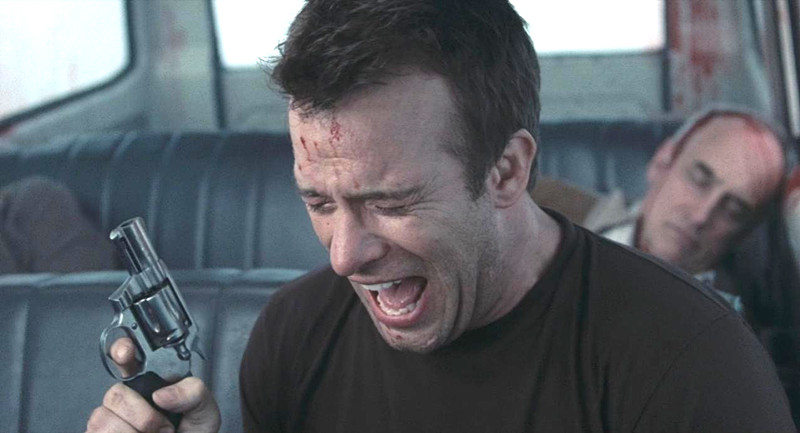
Since becoming a prolific writer, many a Stephen King story has been adapted to film with various ranges of success. Luckily, The Mist is a film version of King’s novella that does not frustrate cinephiles or followers of King’s books. After a storm damages their Maine home, David Drayton (Thomas Jane) and his young son (Nathan Gamble) head to the grocery store to gather supplies. Soon, a fog rolls in and traps the Draytons and others in the store. Then, without warning, bug-like creatures reveal themselves outside. With tensions and fear increasing, a new threat arises when a zealot (Marcia Gay Harden) calls for a sacrifice.
What may appear to some as a cliche horror movie with several Stephen King tropes is actually an extremely affective film. The feeling of isolation and growing anxiety is captured realistically and intensely. With well-placed zooms and handheld camera techniques, a visceral tone is maintained, and audiences feel as trapped as the characters on screen.
The director, Frank Darabont, also makes a bold decision that truly abandons all sense of hope. The film’s final moments leave spectators mouths on the floor from complete shock. The Mist’s ending is so defining that it cannot be revealed here. Viewers must see it to believe it.